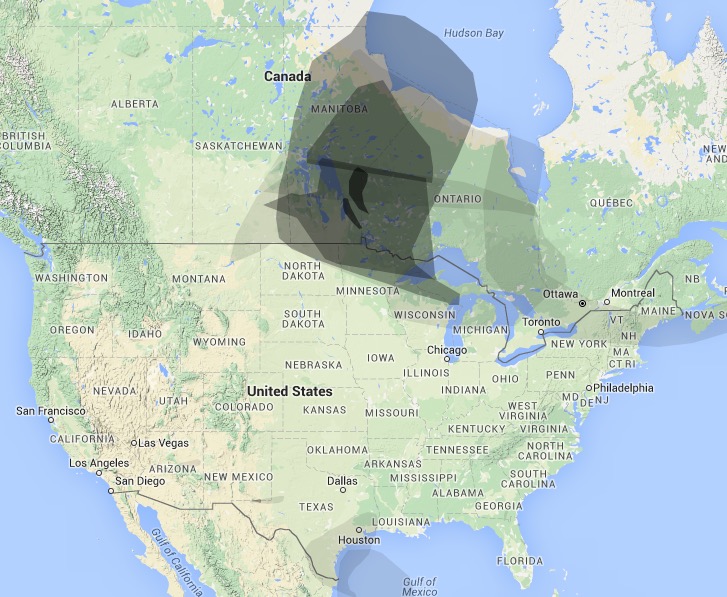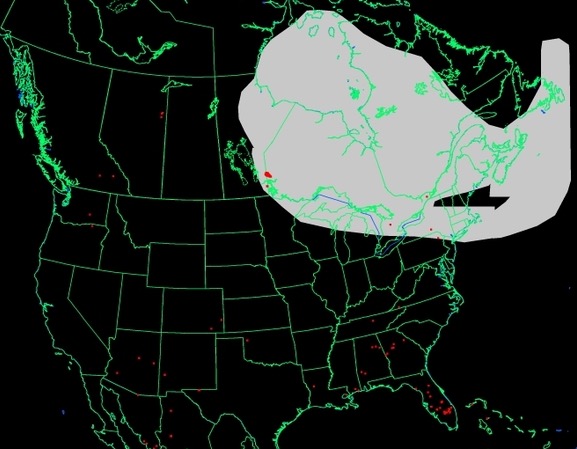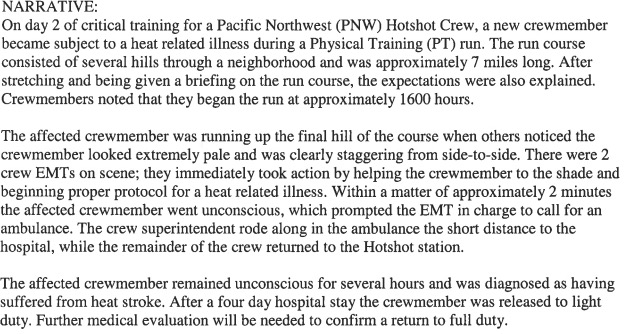(UPDATED at 8:26 a.m. MDT May 25, 2016)

Pushed by strong winds over the last couple of days the Coyote Fire in Guadalupe Mountains National Park has grown by approximately 1,770 acres to about 13,590 acres. The fire started May 7 in the west Texas park and spread across the border into New Mexico.
After being downgraded from a Type 2 fire to a Type 3, it was escalated back to a Type 2 after the fire began spreading again on May 22. Richard Nieto’s Type 2 incident management team arrived May 24.
The area is under a Red Flag Warning on Wednesday.
The National Park Service has not provided any information on InciWeb about the fire since 5 p.m. on May 23.

KRWG has an article about a fire crew comprised of veterans being assigned to the fire. Below is an excerpt:
New Mexico State Forestry is sending two crews from the Returning Heroes Wildland Firefighters program to aid wildfire suppression efforts at the Guadalupe Mountains National Park in Texas. One crew arrived at the park today and a second is pre-positioned in Ruidoso in Lincoln County.
[…]
The Returning Heroes Wildland Firefighter Program was created to provide veterans of the U.S. Armed Forces with training and work opportunities to fight wildland fires. Previously a pilot program, Returning Heroes was made permanent and signed into legislation by Governor Susana Martinez in 2014.
****
(UPDATED at 12:52 p.m. MDT May 24, 2016)
While we are waiting for an update from the National Park Service about the Coyote Fire in New Mexico and Texas, we’ll post this graphic showing the wind gusts out of the southwest and west at weather stations in and near in Guadalupe Mountains National Park.

The updated forecast for the fire area for Tuesday is for southwest winds of 22 gusting to 32, 87 degrees, and a relative humidity of 7 percent. Wednesday will be about the same, except the sustained wind speed will be 32 mph with gusts as high as 47 mph. Strong winds are in the forecast through Saturday.
****
(UPDATED at 5:25 p.m. MDT, May 23, 2016)

Pushed by very strong winds, the Coyote Fire in Guadalupe Mountains National Park in west Texas flared up again, prompting the park to re-escalate the management structure back to a higher qualified Type 2 incident management team. Originally there was an initial attack organization running the fire, then a Type 3 team, then Type 2, then Type 3, and now it is going back to a Type 2 team. Transition periods from one team to another can be dangerous.
Strong winds on Sunday “pushed fire further past Bush Mountain ridge toward Guadalupe Peak” according to a news release by the park. We believe this area is on the southwest side of the fire and on the map is above the word “Park” in “Guadalupe Mtns. National Park”.
The weather forecast predicts very strong afternoon winds to continue through Thursday. Sustained winds during the daylight hours will be in the 25 to 35 mph range with gusts from 35 to 50 mph. The minimum relative humidity will be from 6 to 10 percent, and no rain is expected the rest of this week.
Only 10 percent of the fire is being fully suppressed. The other 90 percent is a combination of Confine, Monitor, and Point Protection strategies. The fire has been burning for 17 days. The longer a fire is allowed to spread without suppression, the greater the chance of encountering a wind event that could change the complexion of the incident.
#CoyoteFire Image of Pecos Type 3 Team at Guadalupe Mountains a few days ago. Fire is near Bush Mountain. Way2go T3! pic.twitter.com/oogse3yxai
— GuadalupeMountainsNP (@GuadalupeMtnsNP) May 21, 2016
****
(UPDATED at 5:30 p.m. MDT May 16, 2016)

On May 16 the National Park Service said they are “actively monitoring” the Coyote fire, which has burned 11,820 acres in western Texas and southeast New Mexico.
Yesterday: There was limited new growth on the fire yesterday. However, fire managers continued to actively monitor the fire as some heat remained in interior pockets of unburned forest debris and brush.
Today: Red flag weather conditions, including strong winds and low humidities, are predicted to develop over the fire area today. Crews will continue to monitor the fire for any wind driven flare-ups. Some interior smoldering is likely to continue, producing light, visible smoke.
“Although there was limited growth yesterday, we will remain vigilant,” said Eric Brunnemann, Superintendent of the Guadalupe Mountains National Park. “This is still an active fire area and may remain so for some time.”




